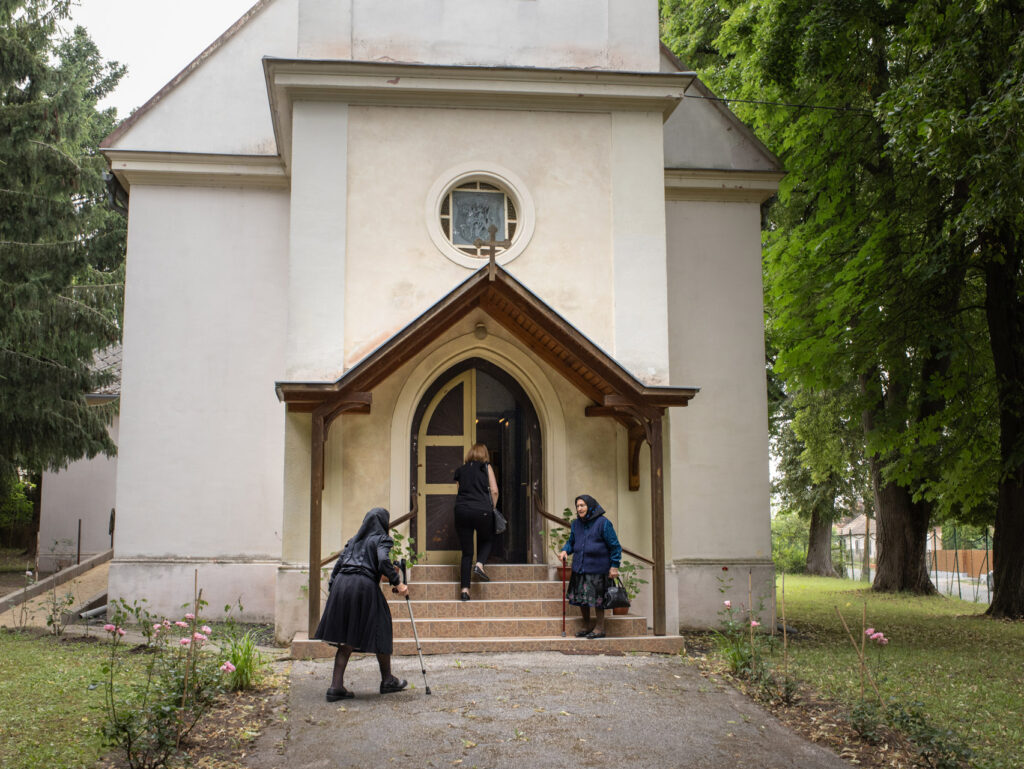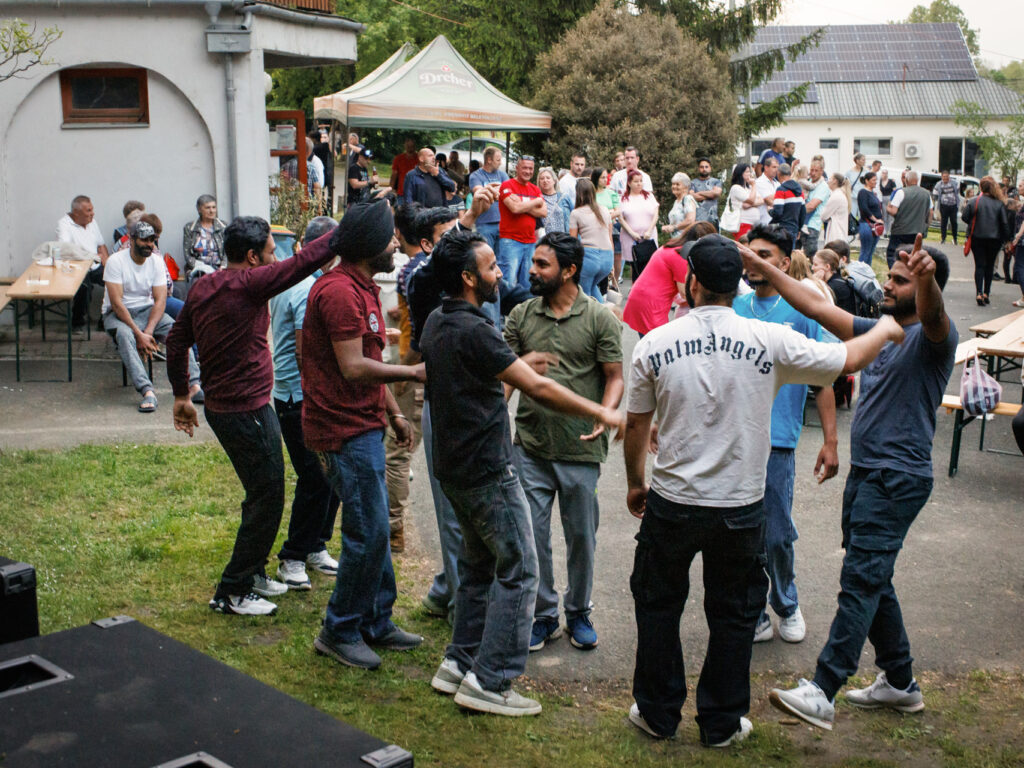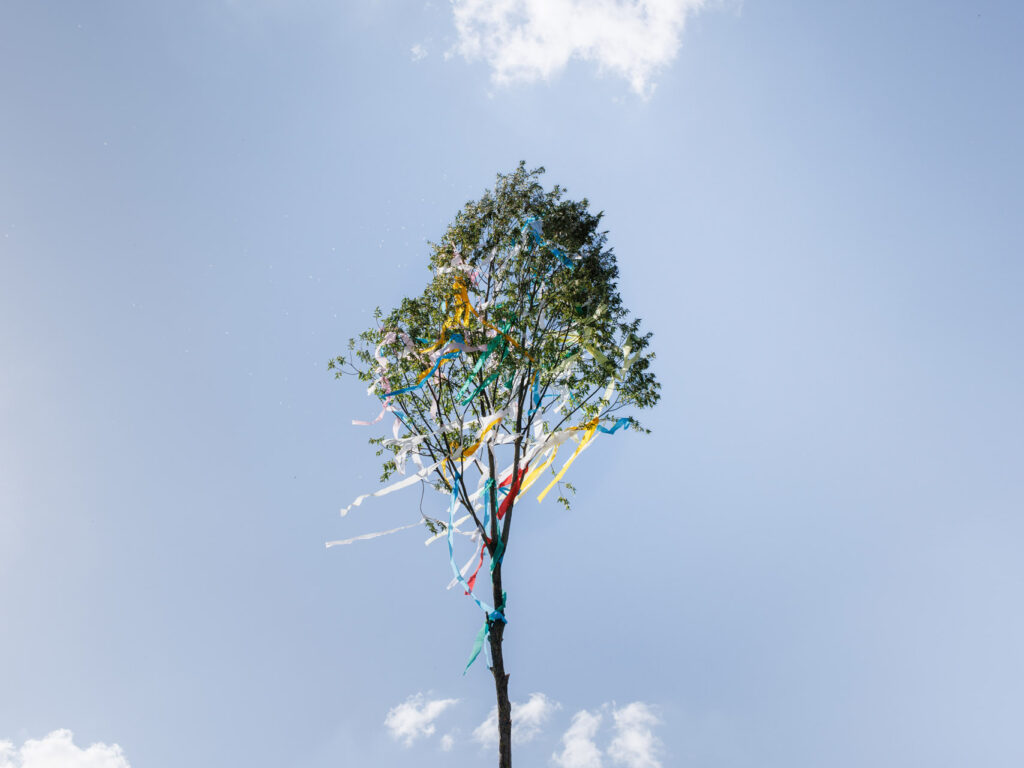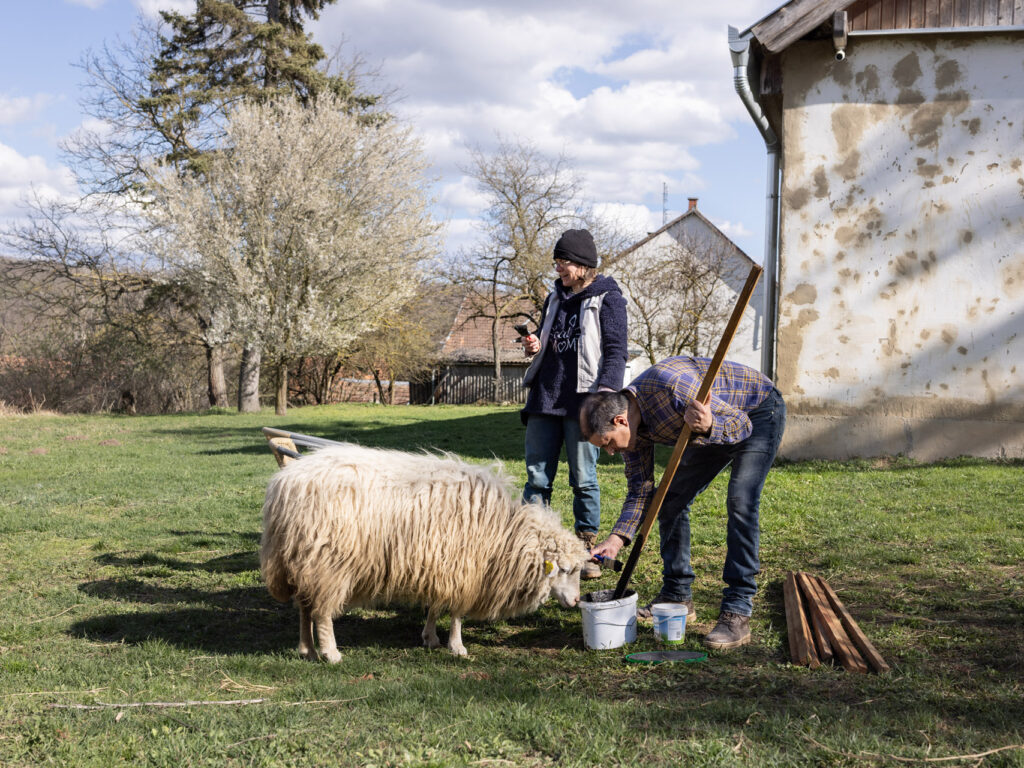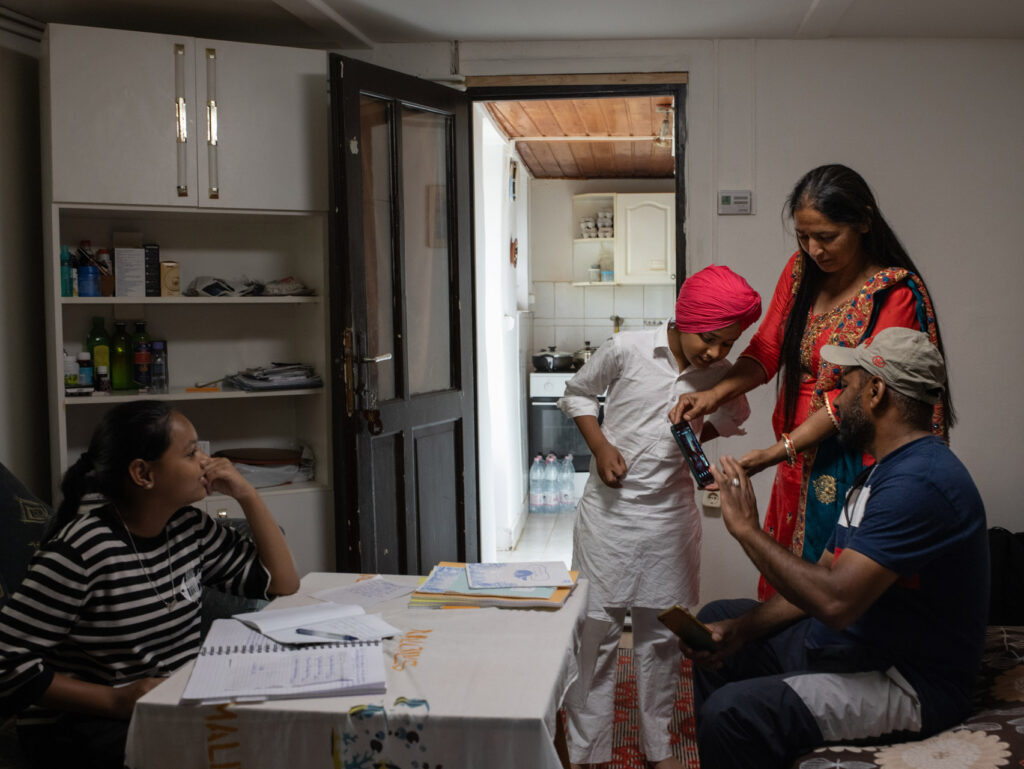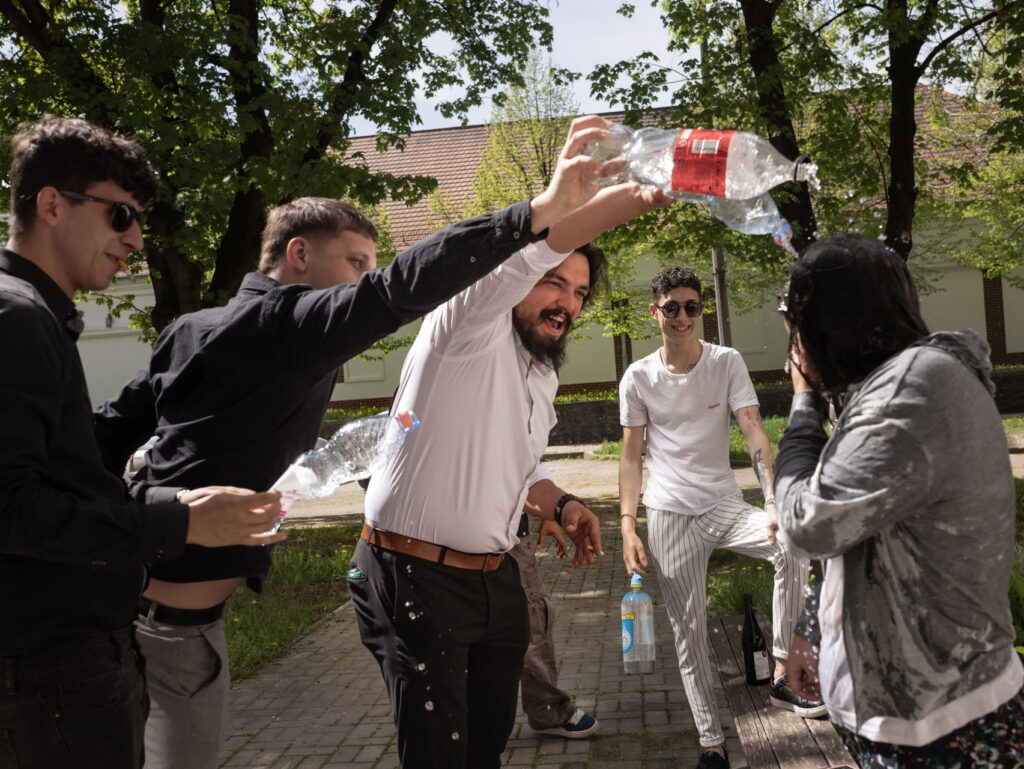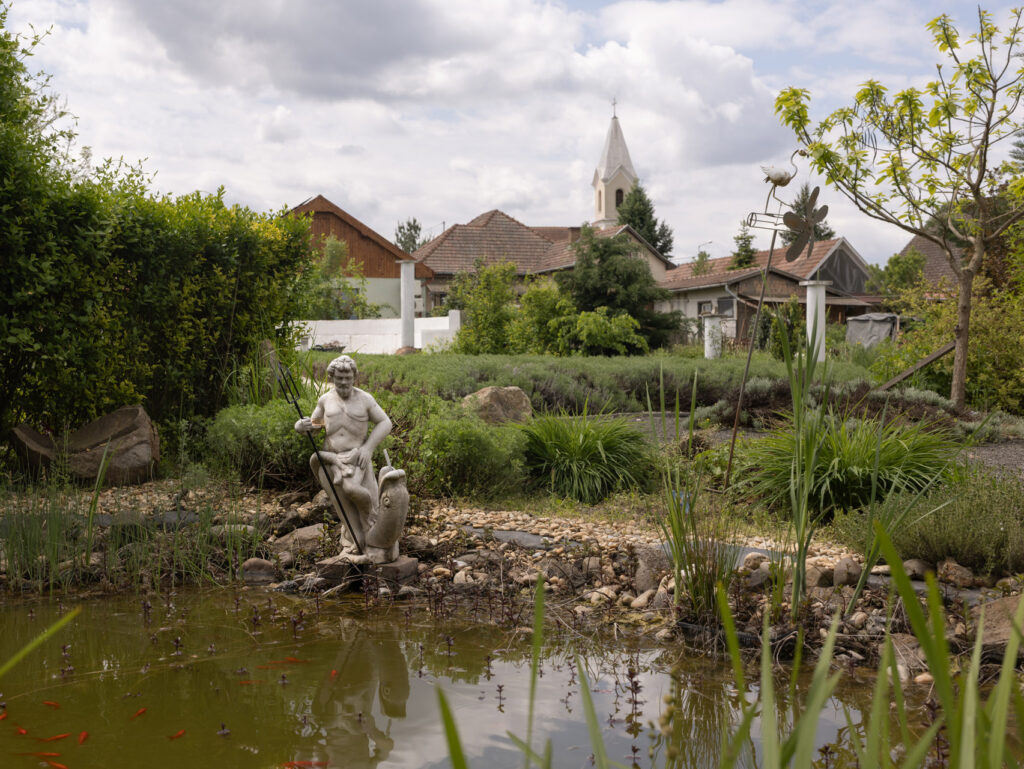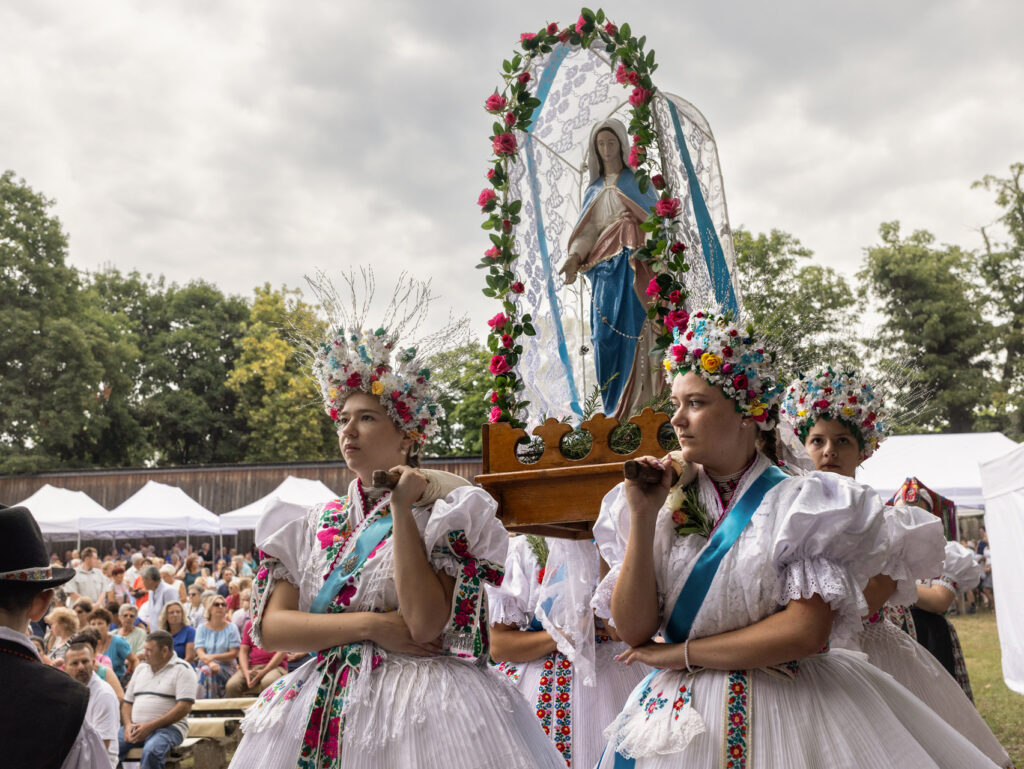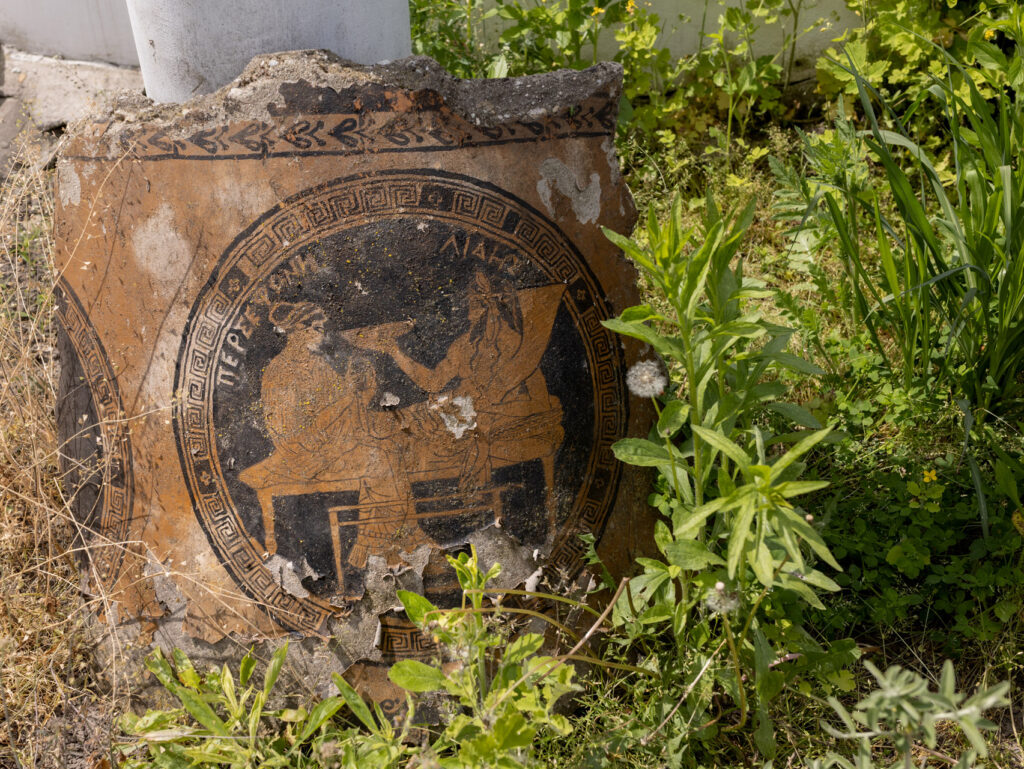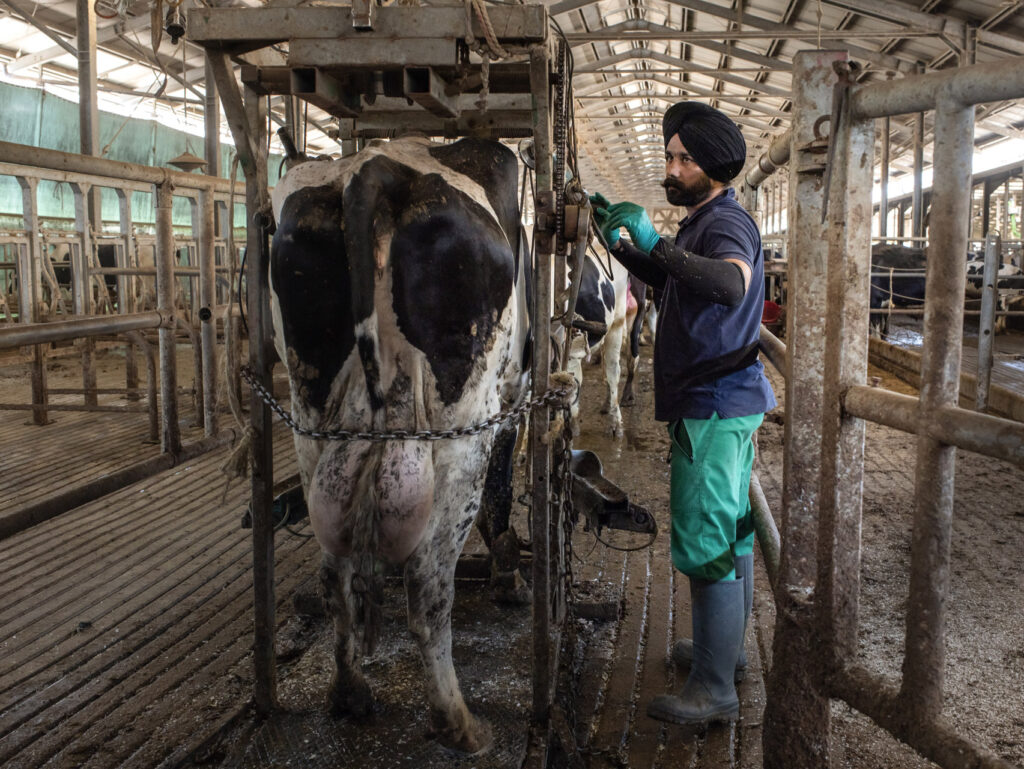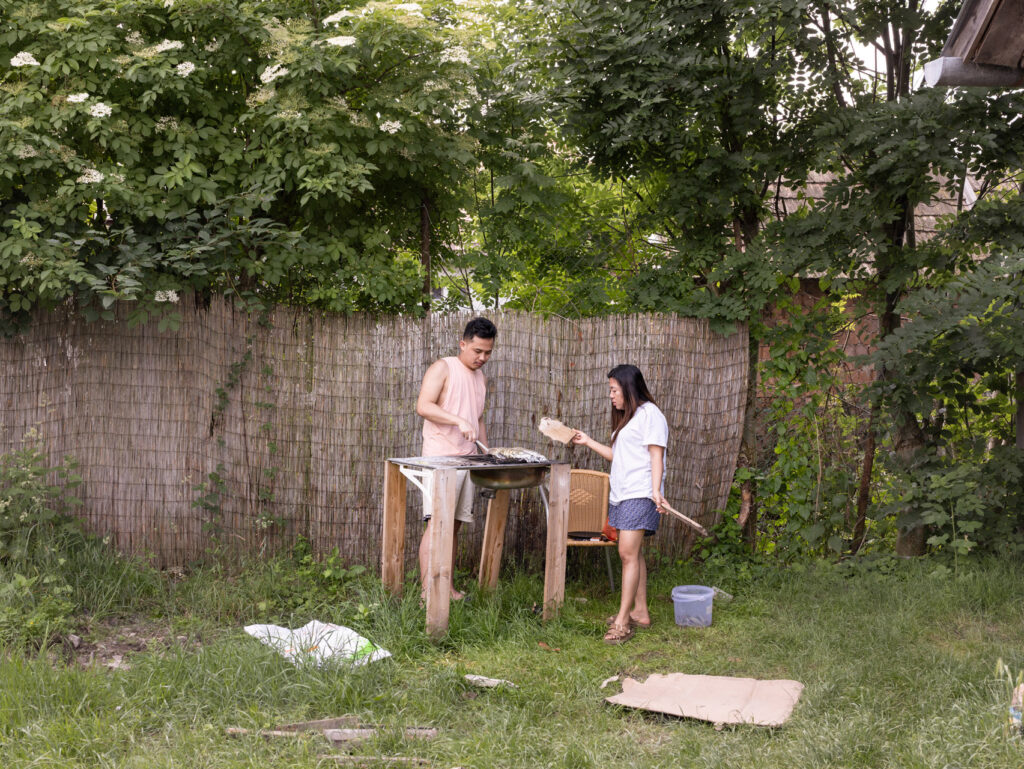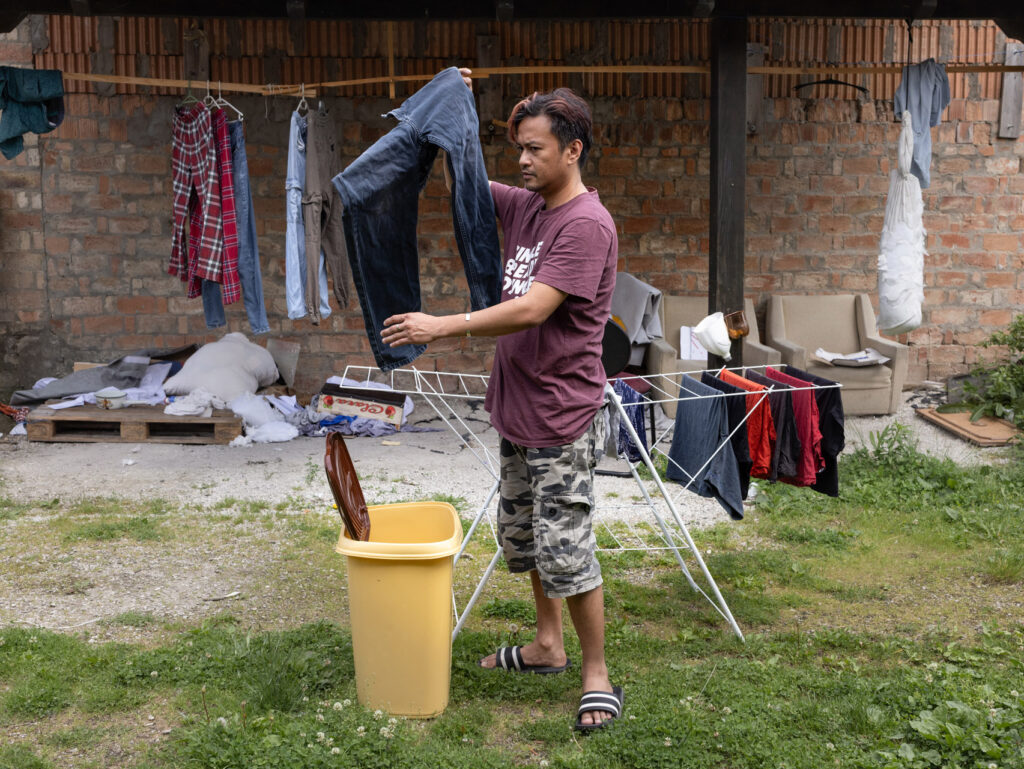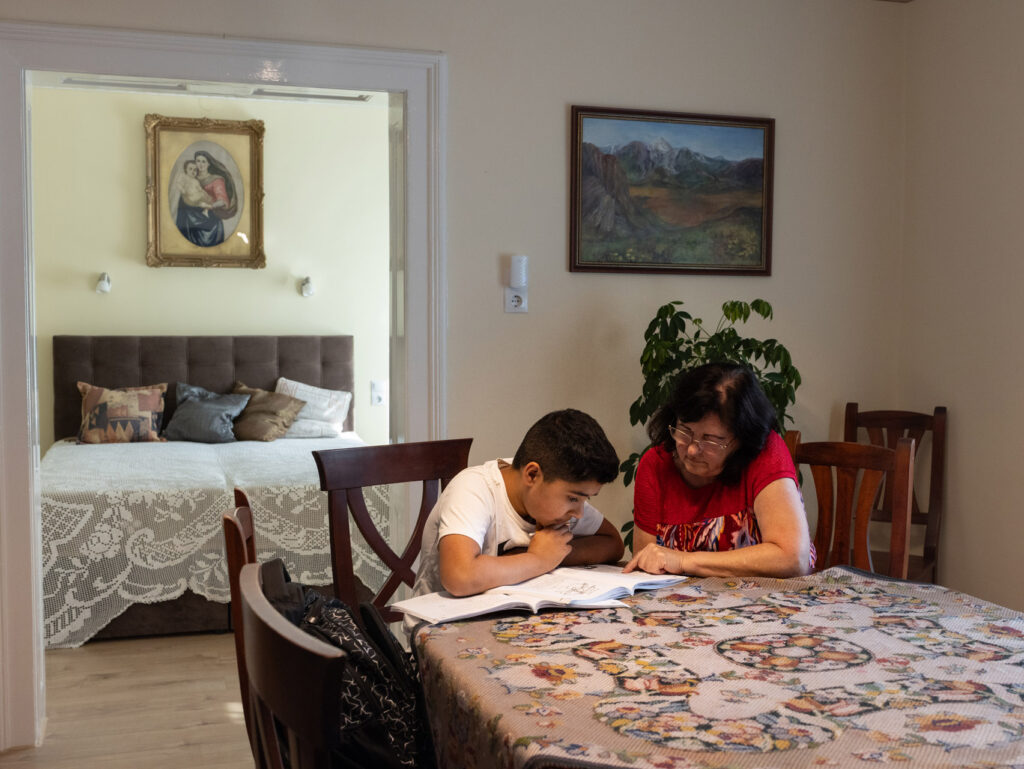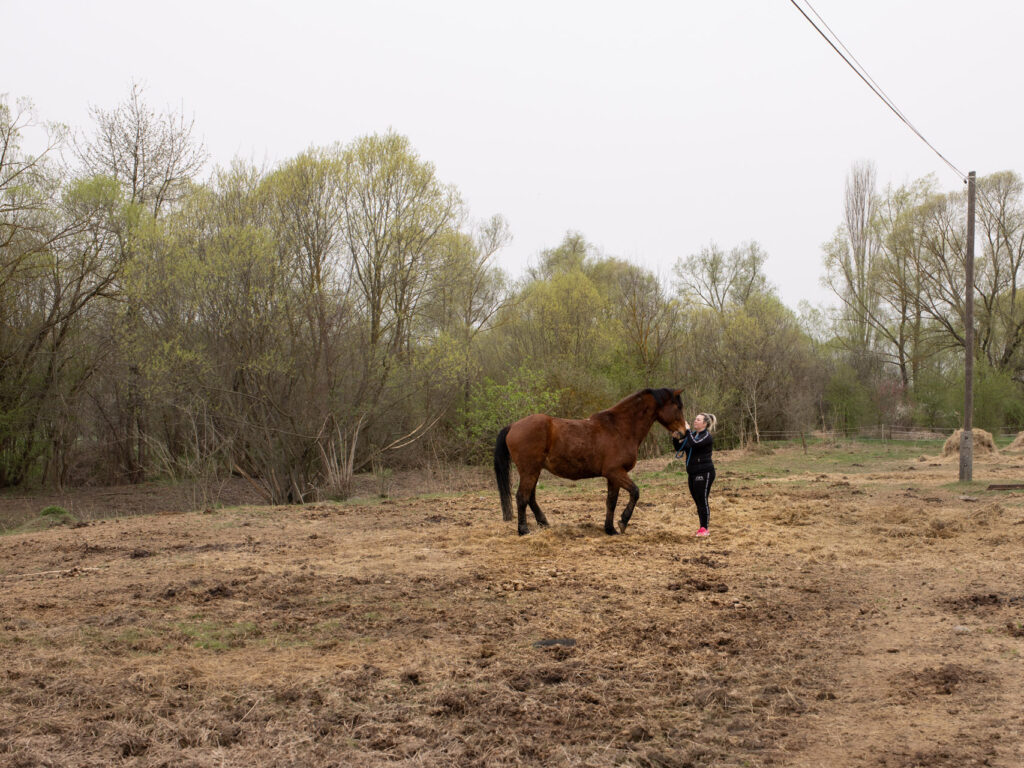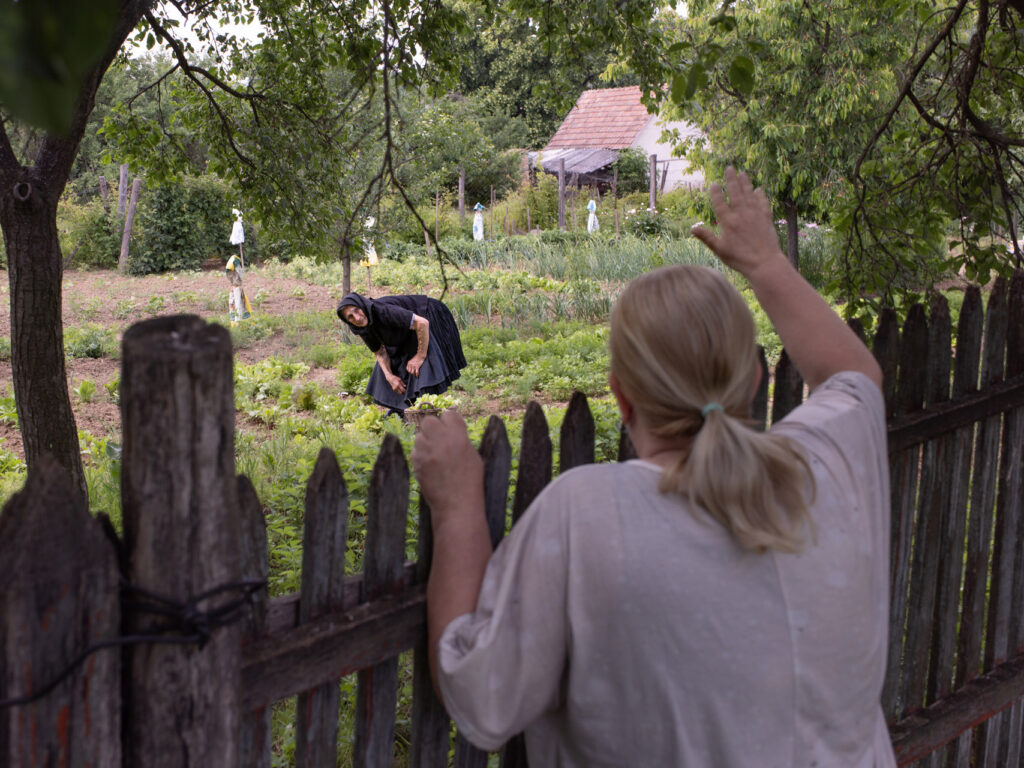In Hungary’s rural areas, especially in regions like Nógrád County, traditional village life remains visible in many ways. This includes strong local identities, intergenerational ties, and a slower, nature-oriented rhythm of life.While these communities are not isolated from broader national developments, economic challenges, aging populations, and the steady outmigration of young people have started to change them. Villages here are united by strong social bonds and a rich cultural heritage passed down through generations. These traditions and connections give the communities their unique character and resilience, even as they sometimes struggle to adapt to the changing realities of modern life.
While political discourse in some contexts may emphasize concerns about immigration, official data shows a steady increase in the number of foreign-born residents settling in these rural areas. According to official statistics, more than 1,800 foreign-born residents lived in Nógrád in 2025. Some arrive as seasonal workers, while others settle more permanently, integrating through family, work, or the desire for a slower-paced life.
„Adjon Isten Señor” (meaning “May God give you, Señor”- a traditional Hungarian greeting that dates back to centuries ) documents how this shift becomes visible in everyday village life. The project traces how the presence of newcomers shapes everyday village life through moments of connection, distance and quiet coexistence. The series does not focus on division. Instead, it highlights gestures of recognition and coexistence that shape this evolving social landscape. This process of adapting and redefining rural identity while preserving continuity is characteristic of many communities across Europe.
